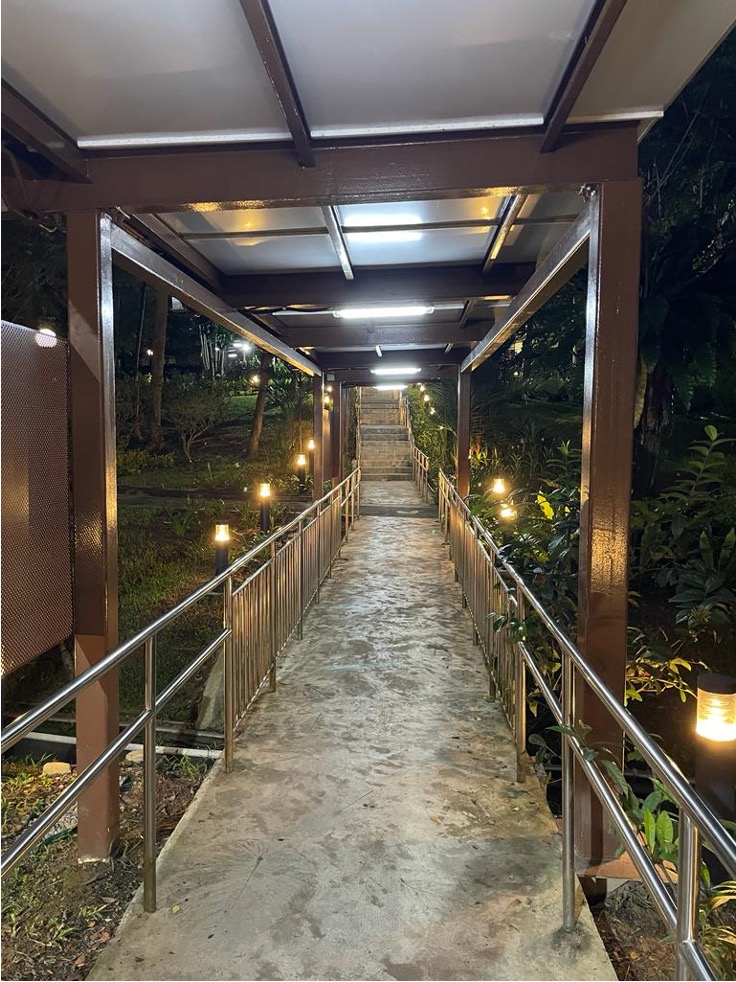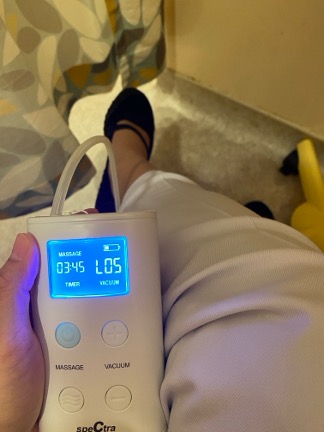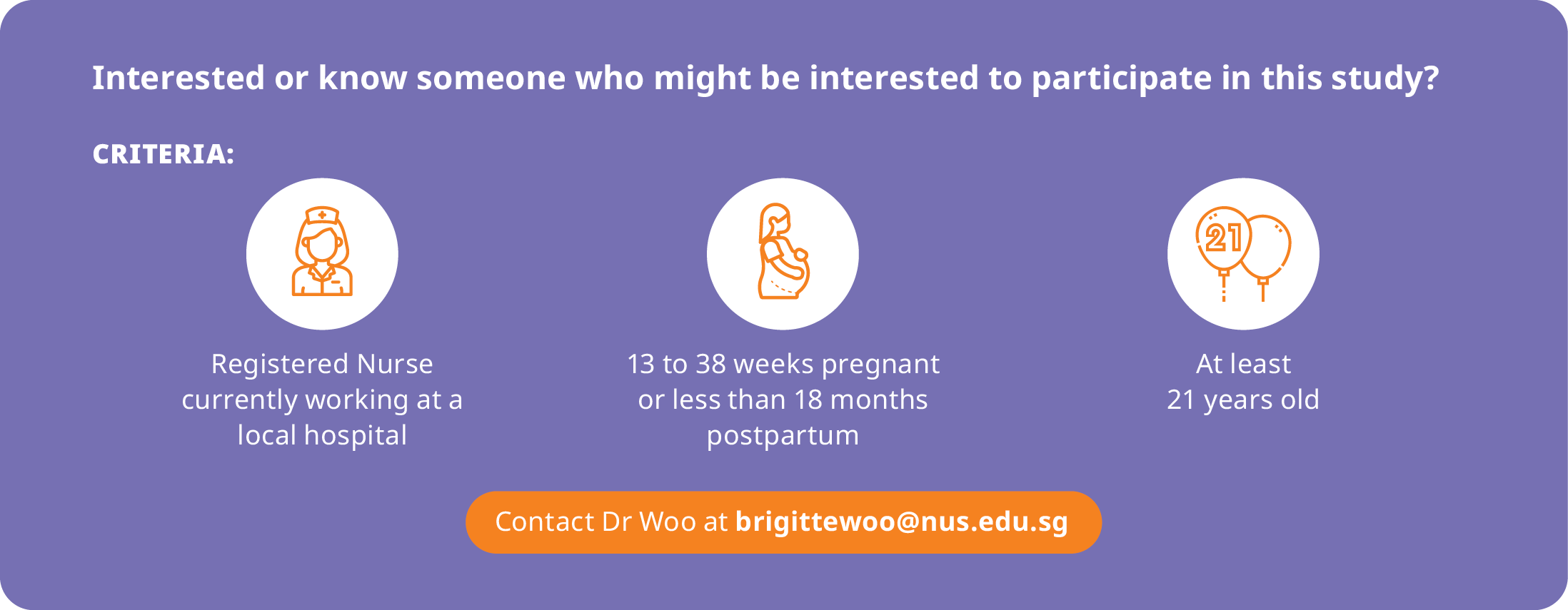
Nursing is physically demanding. Besides doing the heavy lifting in wards and staying on their feet for hours on end, nurses typically work in fast-paced and high-stress environments. Add to that challenges of pregnancy and motherhood—how are pregnant and postpartum nurses coping?
Dr Brigitte Woo, Research Fellow at the Alice Lee Centre for Nursing Studies (NUS Nursing), National University of Singapore Yong Loo Lin School of Medicine, sets to peel back the curtain and raise awareness on this topic through her research titled, “Exploring Nurses’ Experiences and Perceptions of Working During Pregnancy: A Photovoice Study”.
Conceiving the Idea
“As a first-time mother, returning to work was a huge challenge. I was finishing up my PhD when I was pregnant with my first child. I went back to work two months postpartum, and was struggling to balance the demands of caring for my daughter with work and teaching,” she shared.
“That got me thinking—what about nurses working in clinical settings, doing shift work, on their feet all the time…? Having been a nurse myself, I could imagine all too well what they are facing.”
The topic dovetailed with Dr Woo’s research interests in Nursing workforce development. “Nurse retention is a huge issue for our profession. Nurses need to stay in the profession to gain experience—and contribute to the profession. But many nurses around my age found it really hard to continue with clinical work and strike a balance with their caregiving responsibilities at home—especially those with young children.”
Shaping the Study
Awarded the Equal Opportunities & Career Development (EOCD) Seed Grant 2023, the project adopts the photovoice methodology—with participants submitting at least 1 photo they took related to their experience as a pregnant or postpartum nurse. “Receiving the grant affirmed that this was a topic worth pursuing,” said Dr Woo.
Sharing how the photovoice methodology works, Dr Woo explained, “We only asked for one photo from each participant—because that is enough to facilitate a rich discussion. But so far, we received an average of about 4 pictures—with 9 being the most.”
Participants are divided into small groups to discuss the submitted photos. Dr Woo said, “Instead of directly asking participants to share the story behind their photos, I always begin by asking other participants what they thought the photo was trying to convey. This way, we can better elicit different interpretations or responses from similar experiences.”
Nurturing the Discussion
Dr Woo said, “As a mother myself and being familiar with the clinical setting, I thought I could predict the kind of photos participants would take, or interpret their experiences and challenges through their submissions. But the nurses really surprised me with their insights and perspectives.”

“One of the pregnant nurses submitted this photo of a big flight of stairs on her way to work. It’s really long—just imagine her going up and down every morning and evening. We thought she would share about the incremental effort to do so as her pregnancy progressed.
“But no. She told us how grateful she was to be still so mobile and active in fulfilling her duties in the wards at 36 weeks. I think it goes to show how resilient our nurses can be. They don’t let their physical condition affect what they can do.”

“Another postpartum mother took a photo of a shower room—where she expressed her breast milk because there wasn’t a lactation room near her unit. Nursing shifts can be unpredictable, making it challenging for nurses who need to take breaks for expressing breast milk. This led to problems like engorgement and infection.
“Our discussion brought to light how many workplaces aren’t well prepared, especially when it comes to very real issues like flexibility or spaces for breastfeeding mothers.”

“A participant submitted a photo of her colleagues at a team bonding activity to highlight how important it was to have good teammates. Her colleagues stepped up and supported her around the ward—which really resonated with other participants.
“This completely went against my preconceived notions because I thought people would discriminate against pregnant nurses, thinking that they were bulky and slow. But the reality was that even patients tried to be considerate and used the call bell less when they saw that their nurse was pregnant. It’s very heartwarming to see pregnant nurses receiving such care and understanding from their colleagues and patients.”
Supporting the Mothers and Mothers-to-be
Despite facing recruitment challenges at the beginning, Dr Woo is seeing an uptick in sign-ups after the first few sessions. She said, “It was really tough at first—the nurses had different shifts, and they understandably prefer to rest once they end work.
“But after current participants shared how therapeutic it felt to talk about their experiences and know that other pregnant nurses were going through the same thing—they are now helping me to promote the study and get referrals. One even sent me 7 contacts!”
Although the study is ongoing, discussions have uncovered areas where more support can be offered to pregnant and postpartum nurses. She said, “Things like increasing accessibility to lactation rooms and offering more flexible work arrangements would be a good step in addressing issues that expectant or postpartum nurses face.
“For example, while most participants agreed that it was important to return to work soon after giving birth—to avoid losing touch with the dynamic healthcare landscape—they express concerns of having to balance the current system of shift work with the care of their baby. So if nurses can work fewer days a week, that would allow them to do both with less stress,” Dr Woo said.
Through sharing her findings, Dr Woo is looking forward to help shape future policies and spark social awareness about the topic. She concluded, “Apart from influencing future policies, I hope this study can be a conversation starter. With Singapore’s low birth rates and Nursing’s majority female workforce—we need to better support our mothers and mothers-to-be.”





